Constructing a horse arena is a significant project that requires thorough planning and a clear understanding of expenses. Whether you are a professional equestrian or a hobbyist, building a suitable arena for riding and training horses can be a dream come true. Let’s delve into the factors that affect the cost of building a horse arena and explore ways to manage these expenses effectively.
The cost to build a horse arena varies significantly, with prices averaging around $150,000 and ranging typically from $40,000 to $500,000. Here’s a quick breakdown of what you can expect:
- Prefab kits for steel or fabric arenas start at $5 per square foot.
- Custom wood constructions can go up to $50 per square foot.
- Outdoor facilities generally range from $1 to $10 per square foot.
- Additional factors like footing, fencing, and size will also impact the total cost.
Exploring the Financial Commitment of Horse Arena Construction
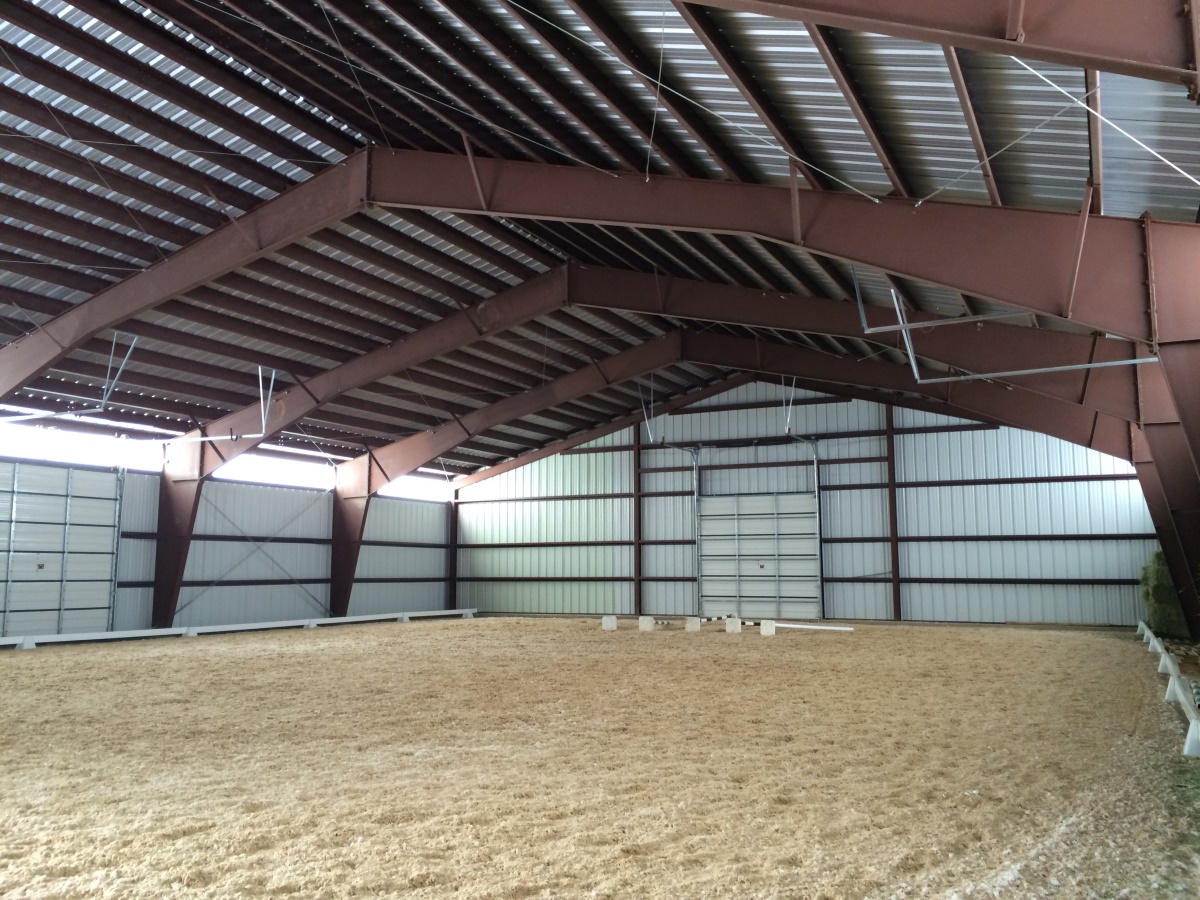
When assessing the financial aspects of building a horse arena, it’s important to acknowledge not just the upfront costs but also the intricate details that could impact your overall budget. Considerations such as the location’s accessibility for construction equipment, variations in material prices by region, the timing of your construction project, and compliance with local building codes may significantly alter your budget. The type of terrain and climate could require specialized construction techniques that increase expenses. Expertise from contractors specializing in equestrian facilities often comes at a premium but can result in more durable arenas and fewer mistakes that incur additional costs.
Site Preparation and Access Considerations
How easily materials and equipment can be transported to your construction site can affect your expenses. Sites that are easy to access tend to have lower transportation costs, while those in remote locations may incur higher charges. The condition of the land is also crucial; tasks such as land clearing, grading, and drainage can influence the budget.
Timing and Location Impacts on Costs
The time of year when construction takes place can offer opportunities for savings, especially during contractors’ off-season when they may have increased availability. The geographic location of your build can also play a role in the financial planning due to local material and labor costs. Investigating these local economic conditions can be beneficial when estimating your expenses.
Adhering to Legal Regulations
Staying compliant with local laws may introduce further costs into your horse arena project. Requirements for permits, inspections, and potential design adjustments to meet zoning and building codes can all add to your overall expenditure. Seeking advice from professionals familiar with local regulations can help you foresee and budget for these costs.
Choosing the Right Construction Partners
Allocating funds for an experienced contractor who specializes in horse arenas can offer long-term value. Their expertise in the unique requirements of equestrian facilities can lead to a superior construction that minimizes the need for future repairs or modifications, potentially saving money over time.
Inclusive Budgeting for Additional Expenses
- Architectural Services: If your design is customized, employing an architect may be necessary, which is an additional cost to consider.
- Insurance: Securing construction insurance is essential to protect against unexpected incidents and should be factored into the budget.
- Utilities Installation: The installation of essential services such as water, power, and sewage systems is a part of the overall costs if these are needed for your arena.
- Infrastructure: Remember to account for the expenses associated with creating access routes for both equine and vehicle traffic.
Comprehensive planning for horse arena construction costs involves considering all variables that may influence your budget. From material expenses to labor costs, and the intricacies of regulatory compliance, each element plays a role in defining the financial scope of your project. Early consideration of these factors will help you develop a realistic financial plan that includes all the components essential to the construction process.
Indoor vs Outdoor Horse Arena Investment Considerations
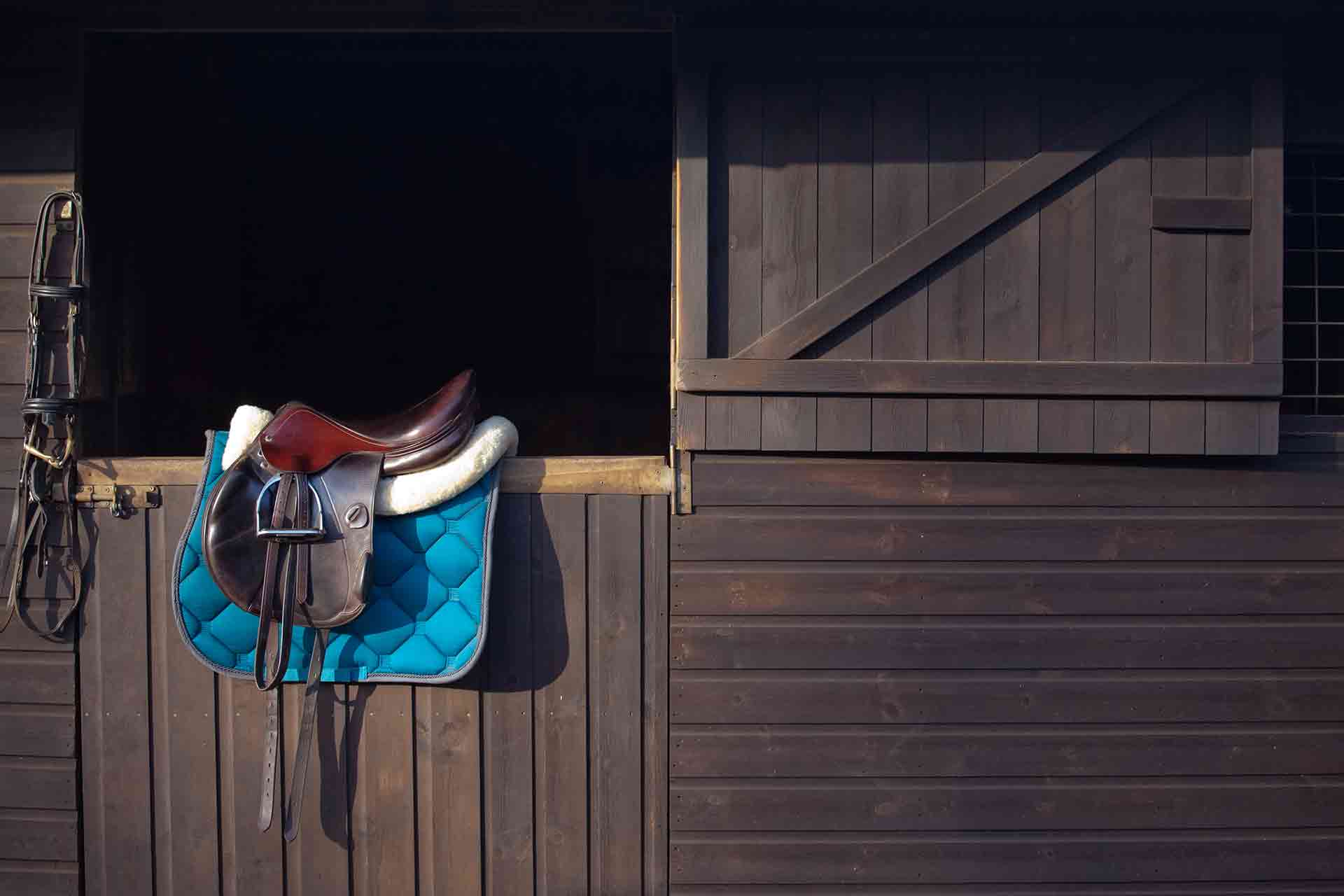
Exploring the differences in investment for indoor versus outdoor horse arenas is crucial for anyone considering such a project. Indoor arenas, with their enclosed design, offer a controlled environment for year-round use, justifying their higher upfront investment. Outdoor arenas, on the other hand, make the most of natural elements, which can substantially reduce initial outlay and operational expenses. We will examine the unique costs tied to each option, focusing on the influence of material choices and the impact of arena dimensions on the overall budget.
Material Considerations for Horse Arena Construction
Material selection is a key determinant in the financial planning of a horse arena. Enclosed indoor arenas necessitate robust materials to ensure structural integrity and insulation, which may elevate costs. Material options include:
- Sturdy steel frames, which contribute to higher expenses due to their durability.
- Wooden beams, which enhance the interior’s aesthetic but come with increased material and labor costs.
- Cost-effective fabric covers, which may be more economical initially but could require more maintenance or replacement over time.
Conversely, outdoor arenas typically incur lower material costs, with expenditures mainly focused on ground preparation, perimeter fencing, and the riding surface.
How Arena Size Affects Financial Planning
The dimensions of the arena significantly affect the budget. Indoor spaces require more materials for larger sizes, influencing the cost accordingly. Conversely, outdoor arenas also follow this trend, but the cost differential between small and large sizes may be less significant due to the lack of structural enclosures.
Dissecting Construction Costs for Equestrian Facilities
Further examination of construction costs reveals differences between indoor and outdoor settings:
- Indoor Arenas: These often encompass additional spaces such as seating and stables, increasing the complexity and financial outlay.
- Outdoor Arenas: Typically concentrate on the riding surface and fencing, but investments in drainage may be essential for maintaining usability in wet conditions.
Design choices, whether opting for a standard dressage arena or a larger jumping course, can also significantly affect the project’s costs.
Assessing Ancillary Costs for Equestrian Arenas
Other factors that influence the cost comparison between indoor and outdoor arenas include:
- Lighting: Indoor arenas require comprehensive lighting systems, whereas outdoor arenas may need minimal lighting for evening activities.
- Climate control: Indoor arenas in cooler regions might necessitate heating and insulation, impacting both initial and ongoing expenses.
- Event infrastructure: Sound systems and acoustic design for indoor event spaces can add to the financial requirements.
Accounting for these considerations will equip you with a more complete understanding of the costs associated with constructing an equestrian arena that meets your needs and financial parameters.
Cost-Saving Strategies for Equestrian Arena Construction
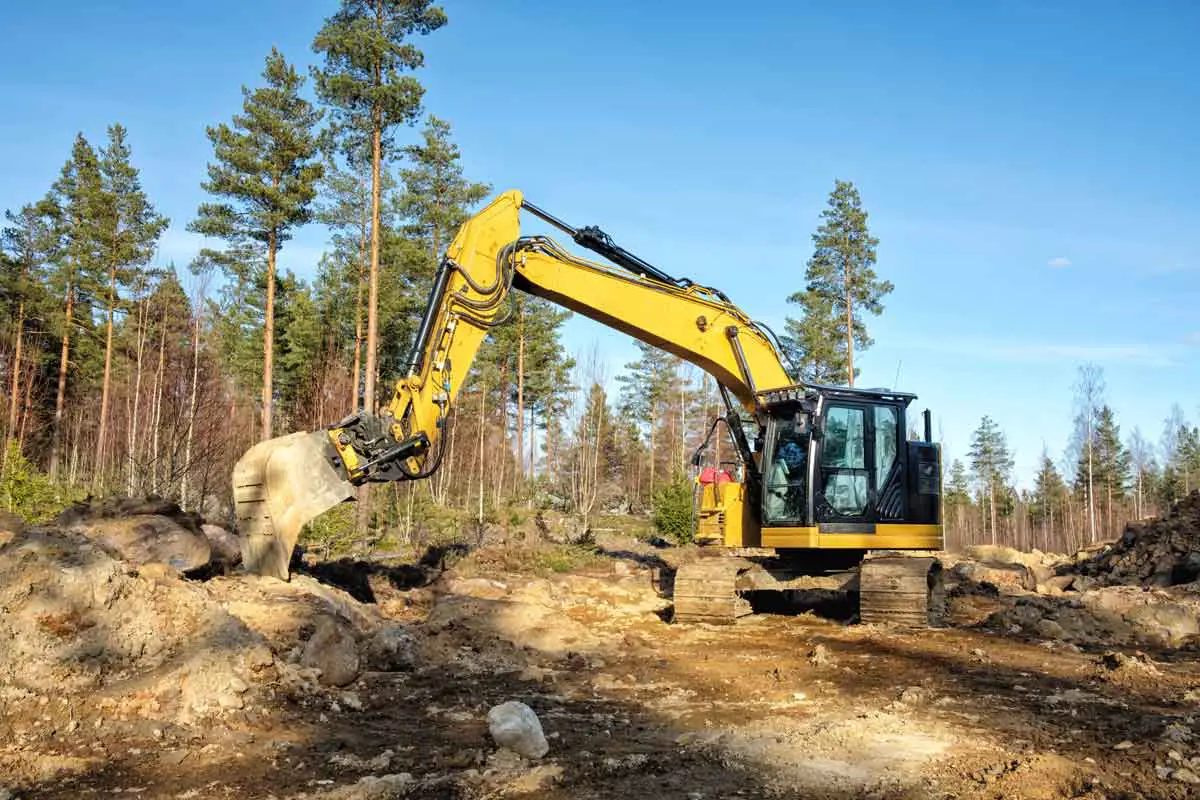
Establishing a cost-effective horse arena can be a complex endeavor. However, with the right strategies and a focus on smart financial practices, it’s possible to minimize expenses. Achieving a balance between affordability and functionality is key for those aiming to build a horse arena within their budget. In this context, we’ll explore practical approaches to economize while ensuring the safety and utility of the equestrian space.
Practical DIY Solutions for Arena Building
Undertaking the construction process yourself can be a cost-effective alternative. By sourcing materials judiciously and leveraging local connections, expenses can be reduced. Prioritize the procurement of safe, yet budget-friendly materials, and consider engaging with the equestrian community to uncover deals or discounts. Exchanging services with skilled acquaintances may also help to decrease labor costs, but remember that quality should not be compromised for the sake of economy.
- Emphasize safety while seeking affordable materials
- Connect with local equestrian networks for resources
- Exchange services with skilled peers to save on labor
Exploring Funding Solutions for Your Arena
Finding the funds for your arena project can be challenging, but there are innovative ways to alleviate the financial pressure. Investigate grants available for agricultural or community projects, as these can sometimes apply to equestrian facilities. Crowdfunding can be a modern route to gather support, particularly if you can engage a community that shares your passion for horse riding. Well-crafted proposals can be key to attracting contributions from investors or sponsors who value local sporting or leisure initiatives.
- Search for applicable grants in agriculture or community development
- Utilize crowdfunding to tap into community enthusiasm
- Develop compelling proposals to draw investors or sponsors
Strategic Planning for Affordable Arena Development
A well-thought-out plan is crucial when aiming to build a horse arena on a budget. Tailor your plans to the arena’s intended use to prevent unnecessary expenditures. Adopting a phased approach to construction can allow for financial flexibility, enabling you to start with the essentials and expand as your budget allows. Solicit and compare multiple quotes to ensure you’re getting the best value, and don’t shy away from negotiating to achieve further savings.
- Align your plans with the arena’s intended use
- Implement phased development to control spending
- Secure the best value through negotiation and comparison
Reducing Future Costs Through Design Choices
The upfront cost is only one facet of owning a horse arena; it’s vital to also consider future expenses. Opting for durable, low-maintenance materials can decrease the frequency of repairs or replacements. An efficient drainage system is a worthwhile investment that can avert water-related damages and maintain the integrity of your arena over time. By integrating these considerations early on, you can help ensure that your arena remains an economical feature of your property.
- Select durable materials to minimize future upkeep
- Plan for a robust drainage system to safeguard your investment
By utilizing a combination of DIY efforts, funding exploration, and strategic financial planning, constructing a horse arena while adhering to budgetary constraints is an attainable goal. Each decision, from choosing materials to outlining the construction phases, can be an opportunity to build a space that fulfills equestrian needs without compromising financial stability.
Understanding Horse Arena Construction Costs

Grasping the complexities of constructing a horse arena is essential, as costs can fluctuate based on various elements such as design preferences, materials, location, size, and additional features. This analysis aims to provide a deeper understanding of the financial aspects involved in both indoor and outdoor horse arena projects, which will allow for effective budget management and the realization of a facility that aligns with your vision and financial means.
Financial Implications of Indoor Horse Arena Construction
Indoor arenas represent a more significant investment due to their enclosed nature, offering consistent training conditions regardless of weather. High-quality materials for roofing, walls, and additional installations for lighting and climate control are some of the primary factors influencing costs. The degree of customization and material quality chosen are pivotal in determining the final price.
- Consider prefab kits as cost-effective solutions.
- Opt for custom wood designs for a more aesthetically pleasing arena.
Cost Factors for Outdoor Horse Arena Development
Outdoor arenas leverage natural lighting and have fewer material requirements, focusing on a level riding surface with proper drainage. These arenas’ costs are guided by the size and quality of the footing material rather than extensive structural features.
- Smaller, private-use arenas can be more budget-friendly.
- Competition-grade arenas, which are larger, will reflect higher costs.
Decomposing Arena Costs for Better Financial Planning
An in-depth look at the cost components of indoor arenas reveals the intricate relationship between project complexity and expense. From prefabricated structures to bespoke designs, your material choices will directly impact your budget. Outdoor arenas, however, generally have expenses tied to land preparation and the quality of the footing.
Factors Affecting Arena Construction Expenses
Various elements can influence the foundational cost of a horse arena. The location is particularly significant, with material and labor prices varying by region. Ease of access to your site can also play a role in financial outlay. Additionally, the construction timing can provide leverage for cost savings during less busy periods for contractors.
- Close proximity to material suppliers may decrease costs.
- Constructing during contractors’ off-season can lead to savings on labor.
Long-Term Financial Planning for Equestrian Arenas
Consideration of long-term costs is crucial when planning an equestrian arena. Selecting long-lasting materials and smart designs can reduce the frequency and cost of future maintenance or renovations. Also, designing a multipurpose space can enhance the value of your investment. Anticipating these factors can help avoid unforeseen expenses after the arena’s completion.
- Investing in durable materials can offer better longevity and cost-effectiveness.
- Well-conceived designs can minimize the need for future expenditures on modifications.
With a comprehensive analysis of equestrian arena pricing, you’ll be equipped to make choices that reflect both your aspirations and economic considerations. Whether your preference is for an indoor or outdoor arena, each type carries its unique set of financial implications. Detailed planning and awareness of cost-influencing factors are key to establishing a functional and aesthetically pleasing space for equestrian activities.
Enhancing Property and Personal Value with a Horse Riding Arena

Investing in a horse riding arena can be quite rewarding, offering more than just personal satisfaction. It can significantly boost property value and provide a solid foundation for horse training and event hosting. Such a facility can also offer financial benefits, especially if it’s made available for community events or competitive gatherings, potentially creating a source of income that may surpass the initial costs involved.
The Advantages of a High-Quality Horse Riding Arena
A quality horse riding arena goes beyond looking good; it serves as a functional space that ensures safety and versatility for both riders and their horses. Properly constructed, it can elevate a property’s value and enable consistent training throughout the year. Additionally, it opens up possibilities for leasing and hosting events, offering new avenues for revenue.
Generating Income with Your Horse Riding Facility
A horse riding arena shouldn’t just be seen as a personal investment but as a potential business venture. By renting the space for equestrian clinics, competitions, and other events, you can recuperate some of the initial costs while providing services to the equestrian community. This business-minded use of the arena can help with ongoing upkeep and enhance the investment’s overall sustainability.
Designing for Versatility and Functionality
To maximize the utility and appeal of your horse riding arena, it’s essential to have a design that accommodates various equestrian activities. By including features such as configurable fences and spectator-friendly areas, the arena can cater to a broad range of events. Additional facilities like announcer stands and concessions can turn your arena into a sought-after location for various functions.
Balancing Depreciation with Value-Added Enhancements
The value of a horse riding arena is subject to natural depreciation over time, but this can be mitigated through diligent maintenance and periodic updates. Conversely, well-considered enhancements and the growing interest in equestrian sports can contribute to the arena’s appreciation, potentially increasing its market worth as years pass.
Assessing Horse Riding Arena ROI
To gauge the ROI of a horse riding arena, one must look at the direct financial returns and the less tangible benefits it brings. Assessing ROI involves evaluating the costs of construction and maintenance against the profits from hosting events and training activities, as well as the added value to your property. By considering these factors, owners can ensure their investment is not only a source of personal contentment but also a prudent financial decision with enduring benefits.
An often overlooked aspect of horse arena ownership is the ongoing requirement for maintenance, which can have a substantial impact on long-term costs. The maintenance regime for a horse arena encompasses a spectrum of activities, from daily grooming of the surface to prevent compaction and ensure consistency, to periodic updates of the infrastructure. The regularity and nature of these tasks can vary widely depending on the usage frequency of the arena and the environmental conditions to which it is exposed.
Strategies for Efficient Arena Maintenance
Developing a proactive maintenance plan is vital for ensuring the longevity and safety of your horse arena. This involves routine checks and timely interventions to repair any damage. A maintenance schedule might include tasks such as:
- Drag or harrow the arena surface to maintain evenness and prevent hard spots.
- Inspect and repair fencing to ensure the enclosure remains secure.
- Check and maintain gates, hinges, and latches for ease of use and safety.
- Manage weeds and vegetation around the arena perimeter.
- Service any installed irrigation or drainage systems to avoid waterlogging.
Adhering to this schedule can help prevent minor issues from escalating into costly repairs or, worse, safety hazards for both horse and rider.
Optimizing Longevity and Safety through Maintenance
Investing in quality materials and construction can reduce long-term maintenance costs for horse arenas. Consider the following when planning your arena:
- Choice of footing: High-quality, resilient materials may cost more initially but require less frequent replenishment or replacement.
- Drainage: A well-designed drainage system prevents water accumulation and protects the footing material.
- Durable fencing: Opt for materials that resist rusting, rotting, or breaking down over time.
These choices are crucial to minimize the arena’s lifetime cost and preserve its condition.
Regularity of Footing Material Maintenance
The surface material of your arena is subject to constant wear and may need periodic topping up or complete replacement. Monitoring the depth and quality of the footing ensures that the surface remains safe and responsive. The frequency of replenishment will depend on factors such as the footing material used, the intensity of arena use, and weather conditions.
Equipment Considerations for Arena Upkeep
Investing in the right equipment can streamline the upkeep process and reduce the time and labor required. Equipment options include:
- Specialized arena drags or groomers to maintain an even surface.
- Tractors or ATVs for efficient movement and distribution of materials.
- Watering systems for dust control and footing management.
While there is an initial cost to acquiring such equipment, the long-term benefits of an efficiently maintained arena are often worth the investment.
Professional Maintenance Services: A Cost-Benefit Analysis
For some arena owners, outsourcing maintenance tasks to professionals is a viable option. Professional services can provide expert care, but it’s important to factor these costs into your budget. Services may include:
- Regular arena grooming and leveling.
- Seasonal deep maintenance such as aerating or replacing footing.
- Inspections and repairs of arena infrastructure.
While hiring professionals adds to the operating costs, it can also bring peace of mind and free up your time for other responsibilities.
Ultimately, the maintenance costs for horse arenas are an ongoing investment in the functionality and safety of your equestrian facility. By planning ahead, choosing durable materials, and setting up a comprehensive maintenance schedule, you can extend the life of your arena and ensure it remains a valuable asset for years to come.
Choosing the Best Footing for Your Equestrian Arena
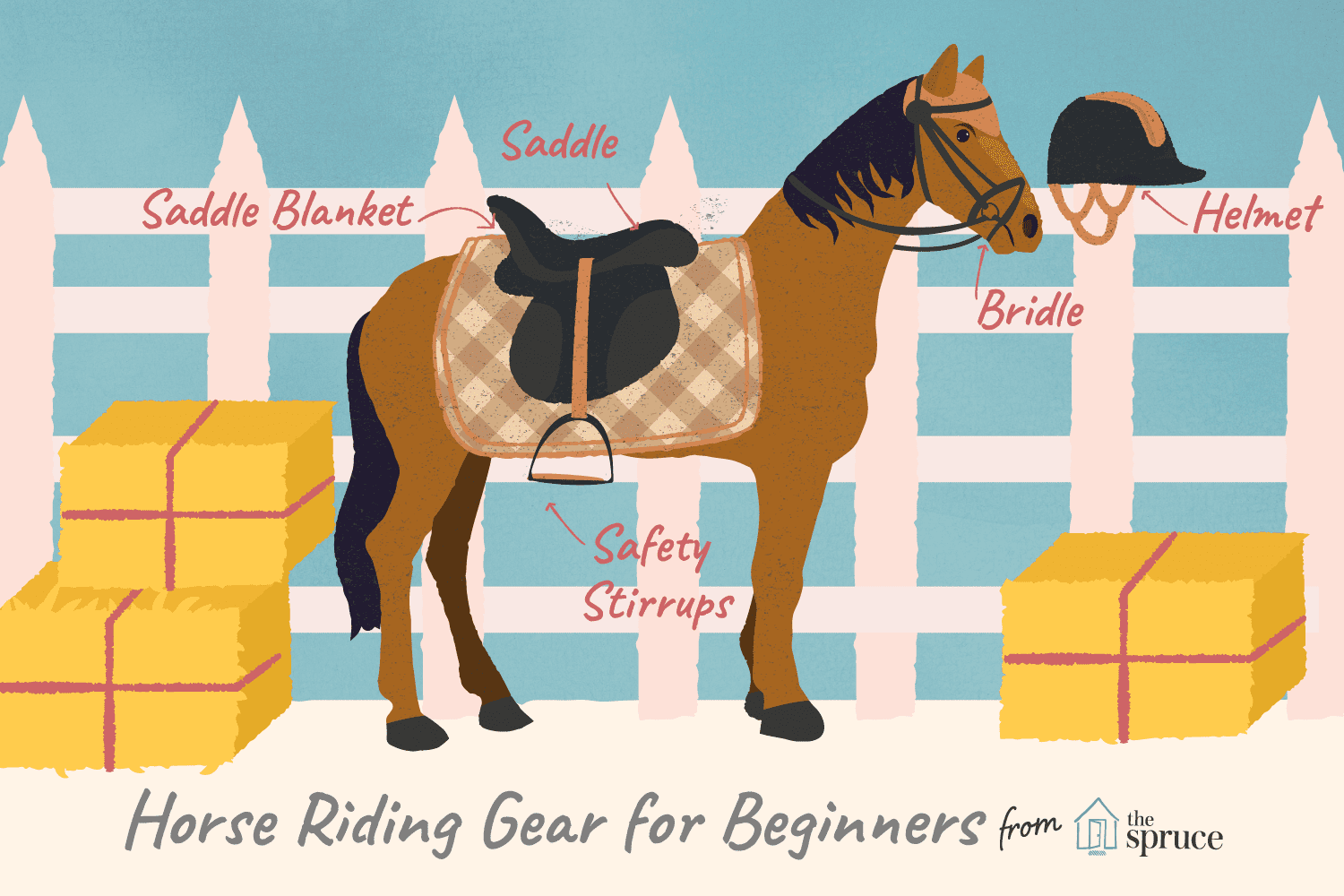
The right footing in a horse arena is essential for ensuring the safety of horses and riders, as well as enhancing performance. A well-constructed surface not only cushions the impact of hooves but also offers adequate traction for different equestrian disciplines. This exploration will guide you through the various footing options, highlighting how each can cater to your arena’s specific requirements.
Criteria for Selecting Arena Footing
Diverse riding disciplines, local climate, and maintenance preferences are crucial considerations when selecting footing materials. The aim is to create a surface that provides the right balance of stability and cushioning for equine athletes.
- Angular sand is widely used for its ability to provide a stable yet forgiving surface suitable for diverse equestrian activities.
- Fiber-enhanced footing, combining textiles with sand, is favored in professional settings for its superior shock absorption.
- Wood mulch offers a sustainable feel but may degrade more quickly and need more frequent upkeep.
Comparing Footing Costs and Durability
It’s important to consider not just the initial investment but also the long-term costs related to upkeep when choosing your footing. Each material has a unique cost profile and maintenance needs that contribute to its overall value.
| Footing Type | Initial Cost (per square foot) | Durability | Maintenance Needs |
|---|---|---|---|
| Angular Sand | $0.50 – $2.00 | Varies | Consistent Grooming |
| Fiber Footing | $2.00 – $5.00 | Enhanced | Occasional Adjustments |
| Wood Mulch | $1.00 – $3.00 | Variable | Regular Refreshment |
Adapting Footing to Climate
Environmental factors are significant in choosing the right footing, as they can influence performance and longevity. The correct material can mitigate the challenges posed by local weather patterns.
- In dry conditions, selecting materials that help retain moisture will keep dust at bay and maintain a consistent riding experience.
- For cooler climates, opting for materials that do not freeze easily can ensure the arena remains functional throughout the year.
Utilizing Additives for Enhanced Footing
Adding specific enhancers to your footing can improve its properties and extend its lifespan. Such supplements can be particularly helpful in tailoring the arena surface to specific equestrian needs.
- Incorporating rubber elements can provide additional springiness, which is particularly advantageous for jumpers.
- Applying a wax coating helps to bind the footing, reducing the need for watering and maintaining an even surface.
Investing in the optimal footing material for your horse arena involves weighing factors such as performance, cost, and upkeep. By doing so, you can create a foundation that not only supports equine health and rider enjoyment but also aligns with your financial planning.
If you’re delving into the equestrian world, you might be curious about the various costs associated with horse care and activities. While you’re exploring how to create your own horse arena, you might also be interested in learning about the expenses related to other horse-related endeavors. For a deeper understanding of the financial commitments, check out our informative articles on the costs of cloning a horse, renting a horse stall, and boarding a horse monthly. These resources will provide you with a comprehensive view of the financial considerations you need to make when entering the world of horse ownership and activities.
Designing Your Horse Arena
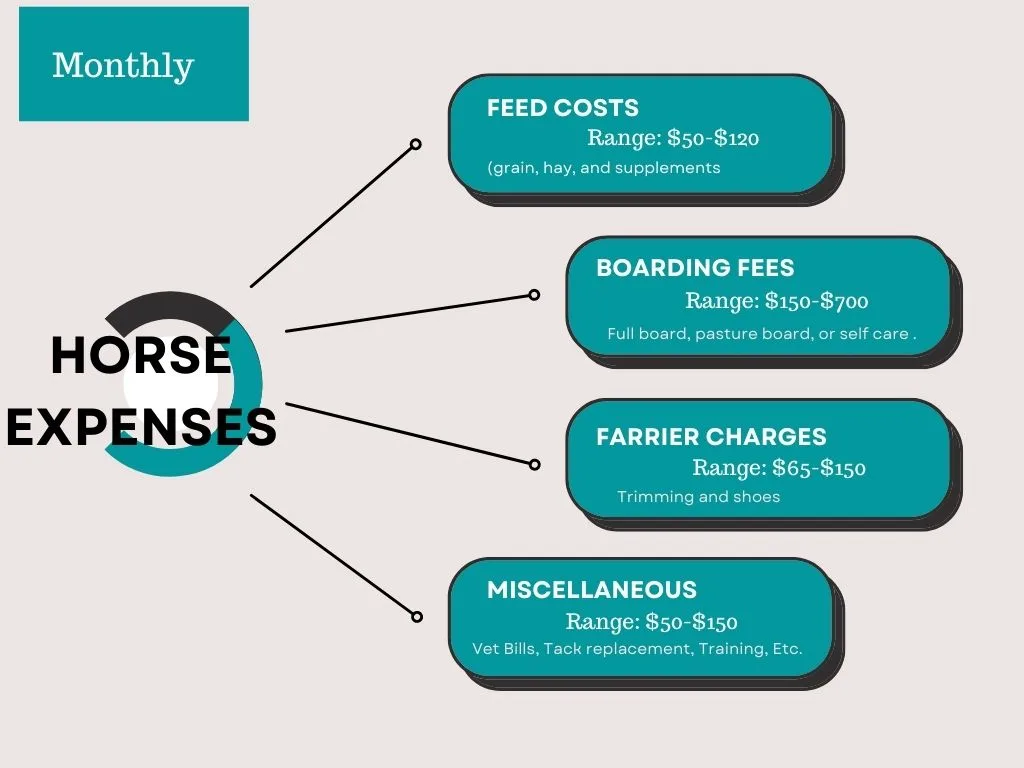
Size and Layout Considerations
The design of your horse arena should take into account the intended use, whether it’s for dressage, jumping, or casual riding. The size and layout will directly influence the cost, with larger and more complex designs being more expensive.
Custom Features and Specifications
Additional features such as lighting, seating, and stables can significantly increase the cost of a horse arena. These specifications should be carefully planned to align with both your needs and budget constraints.
Building a horse arena is a rewarding yet costly endeavor. By understanding the various expenses involved, including equestrian arena pricing, horse arena construction costs, and maintenance costs for horse arenas, you can plan a project that meets your equestrian needs without breaking the bank. With options for DIY horse arena building and financing a horse arena project, even those building a horse arena on a budget can achieve their goals. Remember to consider indoor vs outdoor horse arena expenses, size factors in horse arena cost, and the long-term horse riding arena investment when planning your project.



